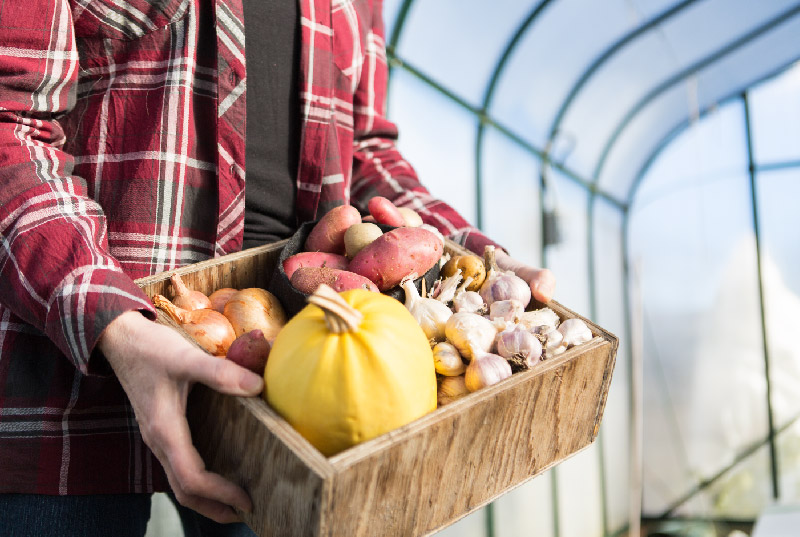
I help gardeners grow
& beginners blossom.
No seed left behind,
no soil unturned.
Together we can have lots of fun growing
great gardens using simple practical tips.
- Featured in -





Start saving & storing your garden seeds for a more more sustainable future
SIGN UP to get the FREE Seed packet PDF
X CLOSE
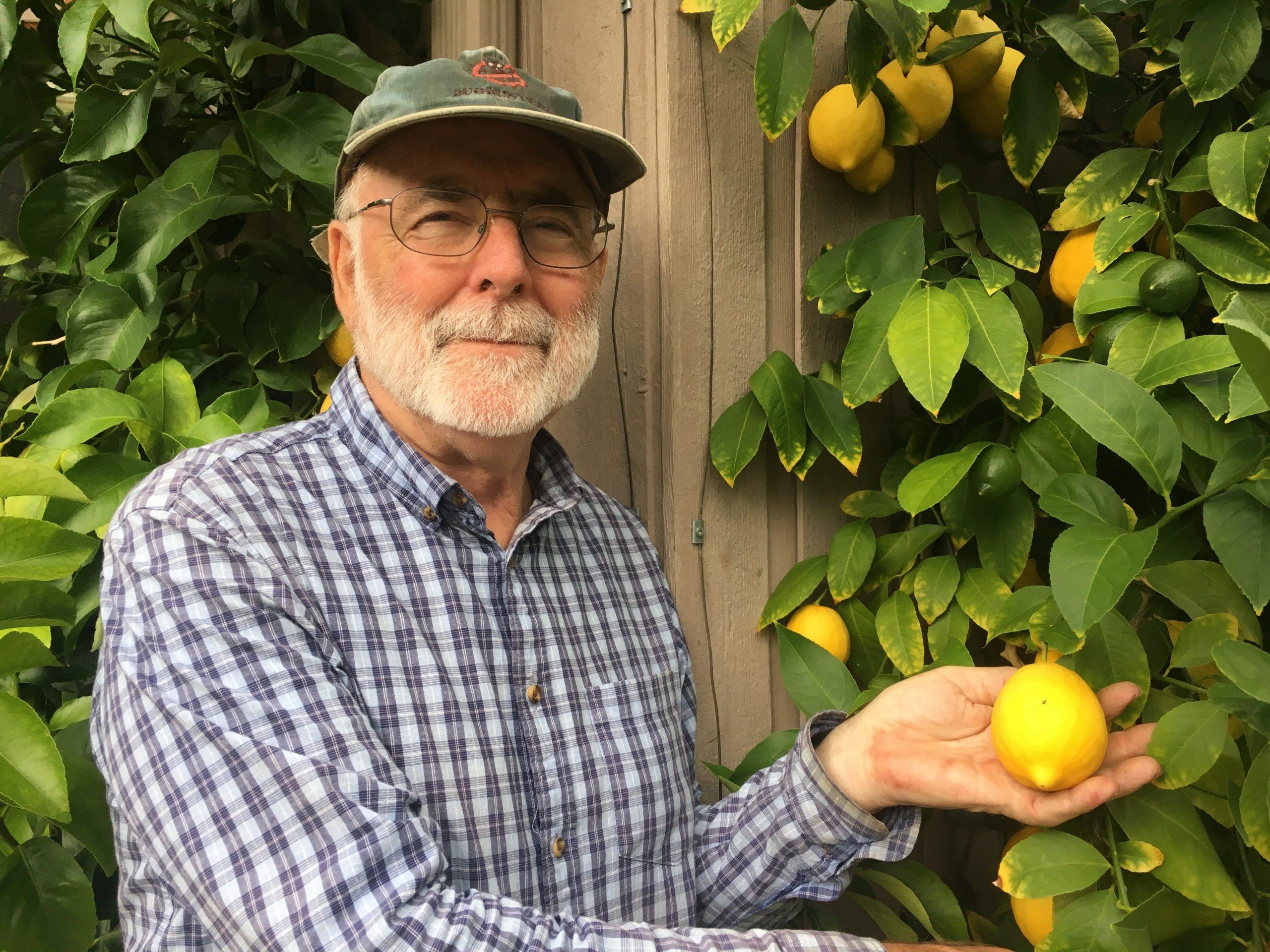
Growing Lemons and Limes and Possibly even Oranges in Canada
Grow Lemons and Limes and possibly even Oranges in Canada
Whether you live in Whitehorse or Calgary you probably dream of longer summers. In fact even if you live in the mild west coast, you’d probably love more summer and the ability to grow more adventurous crops like Lemons, Navel Oranges, Mandarin Oranges or Figs. In northern climates this is now possible with the help of Bob Duncan, owner of Fruit Trees and More.
Bob and I met recently at his tiny farm and chatted about his citrus research and his independent efforts to bring tender fruit crops to Vancouver Island. P.S. If you live in Whitehorse or Calgary or Toronto you can grow citrus, It just has to be indoors.
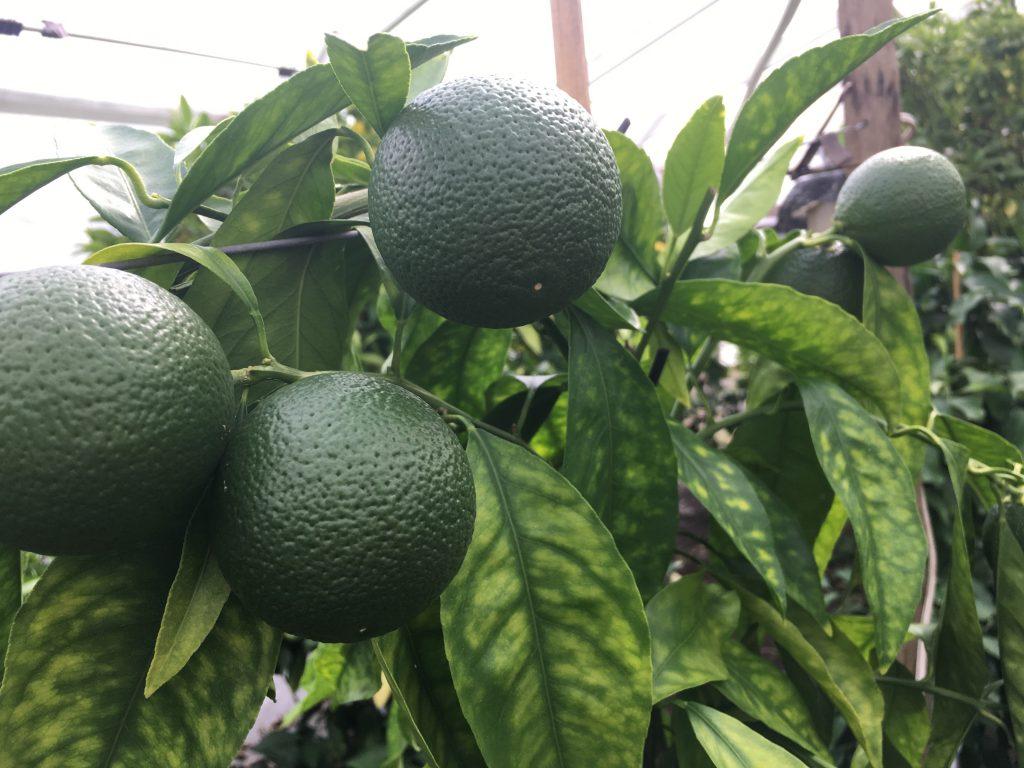
Bob Duncan of Fruit Trees and More had many oranges growing in his test greenhouse last week (Sept 8, 2018). This mandarin orange Kiyomi will be ready to eat in November and it needs minimal cover to survive in Bob’s unheated greenhouse. These leaves are showing nutrient deficiencies of Zinc and Manganese but once leaves are fully formed they will not respond to nutrient additions.
Bob says you will have to deal with a lot more insect issues indoors and you may need use grow lights if you grow in the greenhouse or house. (See his comments below on how simple water sprays control most insects.)
Inside his greenhouse, Reemay (also called floating row cover or Agribon) is combined with Christmas lights to keep Bob’s citrus trees warm in winter in his mild Saanich, B.C. climate. He estimates he spends a couple of dollars a year to heat his lemon trees outdoors because he only turns on the lights when the temperatures dip below zero Celcius: “At approximately minus three [C] you are starting to look at damage to the fruit,” says Bob. The trees will survive down to minus 10 but with fruit on the trees they need the warmer [-3] temperatures. If you are growing in a heated garage or greenhouse in a colder climate try to keep the temperature at about zero or higher with only occasional watering.
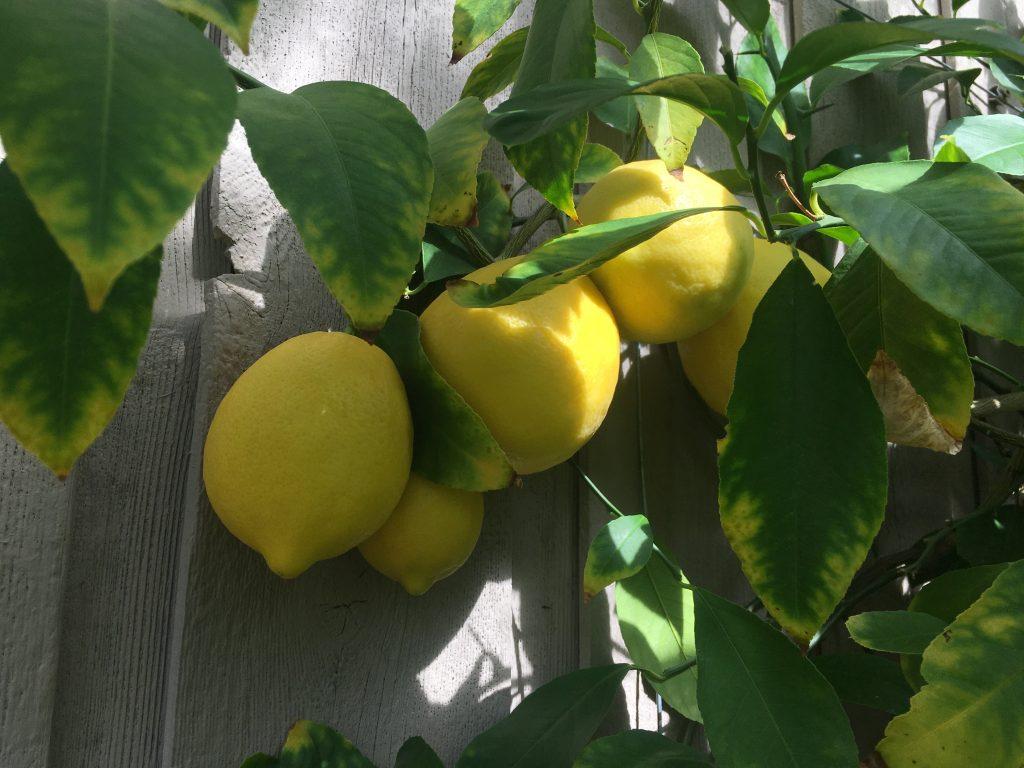
Meyer Lemons grow outside at Bob Duncan’s Fruit Trees and More farm near Victoria B.C. where he covers them for winter with fabric row cover and Christmas lights.
Here are some excerpts from our chat last week:
Donna: How did you find these hardy [Oranges, Lemons & Limes]?
Bob: What I did was start with as much diversity as possible. I basically worked with the Riverside Germplasm Repository in California, the Lakeland Florida Repository and the Louisiana Repository and I gathered together as many different types of citrus as I thought might work here. With the idea that ultimately I am not going to try to keep them all going, I am going to try to find out which ones work.
Donna: Tell us about your newest success – the Robertson navel orange.
Bob: Well it is a very good one. So you can see the juice coming out of it. Your hands are going to get all sticky [he says as he peels and offers us slices of this sweet orange he has been wintering in his unheated greenhouse with only Christmas lights and floating row cover.]
Donna: Are they like lemons? Will the fruit hang on [the trees] for a long time?
Bob: Yes. These have been ripe since April [We were eating the orange in September]
Donna: Wow! (Said as I taste the freshly picked Robertson naval orange.) I am going to have to plant one in my greenhouse. But are you selling it yet?
Bob: We have Navel oranges. We have the Washington Navel that this was derived from [in 1925 in California]. I think you would probably have virtually the same success with a Washington Navel – which we have. That shows you what you can produce here, essentially with no heat.
Donna: And you are keeping it pretty short too. Is it on a dwarfing rootstock?
Bob: Yes it is. Everything in here is [grafted] on Poncirrus. [According to the Missouri Botanical Garden Poncirus trifoliata is commonly called hardy orange. It is a thorny citrus relative, well-branched, deciduous shrub or small tree which typically grow 8-15′ ]
Donna: So we are not seeing any really serious diseases or bugs [inside the greenhouse.]
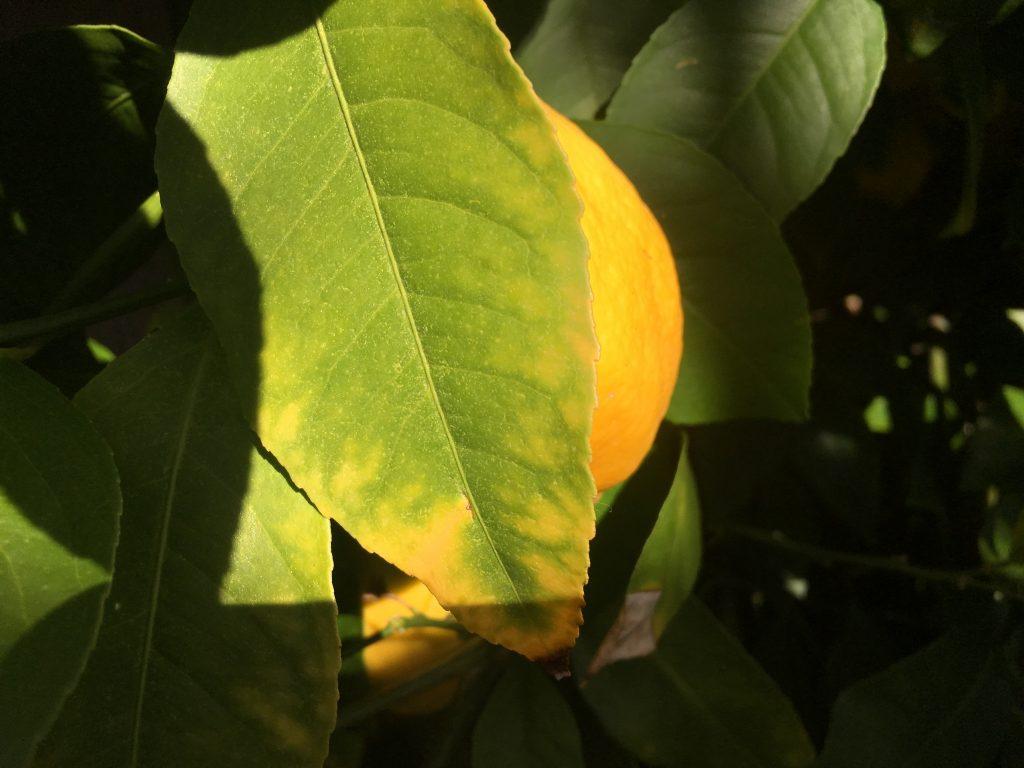
Slight speckling on leaves can be a sign of Spider Mites but Bob controls all pests just with a strong spray of water.
Bob: Yeah, well, that’s spider mite (pointing to a few speckled leaves.) What I do… my system is to mist down the foliage on a regular basis in the warmer part of the year. What the pests like, especially spider mites – but pests in general – is hot, dry, dirty, dusty [leaves]. Exactly what you get in a houseplant or in a greenhouse and you don’t get outside because you’ve got the elements and the rain and the the wind and everything else.
So Citrus as houseplants or in greenhouses are far more liable to pest problems. That’s what they like. Now how can you change that equation? Mist them down on a regular basis like maybe once every ten, fourteen days with a coarse mist. Now we are not talking about a little hand spritzer. We are talking about your hose. With some pressure on it, right? You can either use a mist nozzle as such or you can cock the on-off valve [a brass shut-off valve] and create a mist as well. The point is it takes me about ten minutes to do that mist job in here. I go down from the top and up from the bottom and I do it on a regular basis. Essentially the pests have a really hard time getting going when you do that.
Donna: This [orange grown in a greenhouse] is very exciting for Canadian gardeners to hear about.
Bob: [Think about it] You are tasting a Robertson Naval orange. Just smell it first. It’s a real orange.
*****
When I visited Bob last week at his mini-farm in the Saanich Peninsula just north of Victoria the thing I noticed again is how his small acreage is so packed with perennial food plants and I know what a huge difference it would make to myself and other Canadians to grow our own oranges cheaply and simply the way Bob does. The Duncans are a model for the future of food growing all over the world with lemons, figs, olives, Kiwis and now oranges being produced on their small acreage.
Small producers who passionately grow food and actively research hardiness and cultivation methods while testing new varieties and selling the best of the best to visitors are special. In their way they are helping us all grow more fresh food faster. Who can ask for more than that?
Have you thought about growing citrus or oranges in Canada? I have lemons outdoors but will be planting two oranges next spring in my BCGreenhouse in my back yard. For more info about Bob Check out Fruit Trees and More HERE.

Donna Balzer is the Brand Ambassador for BCGreenhouse Builders and she has two greenhouses in her big backyard.

What Would Donna Do?
Get my growing and gardening tips and pointers throughout the season.
















Hello and congratulations! It was a colder than usual year in Vancouver this winter so I hope your uncovered plants survived! Adding a big of cover as described in the article really helps fruit production and maturation. I often uncover in May to find the small green lemons that went into winter suddenly grew and turned yellow! Yay for you!
That’s great! Tell me how you use you Yuzu lemons. Are they good for cooking? I love my Meyer lemons and have a few of those on the go outside too. Last year I added a Kishu Mandarin orange and this year I added a Cocktail Grapefruit and a Finger Lime. Going forward I am trying to root some Thai Limes – you only use leaves in cooking so less pressure to produce fruit. Anyway thanks for your feedback! Enjoy.
We’ve been growing Yuzu Lemons in our backyard for the past few years in Kitsilano (Vancouver). The 4yr old tree seems to be doing quite nicely, and this winter we expect to have about 60 lemons (up from about 35 last year).
It really is a small world! Thanks for chiming in!
Donna! So fun that you got to meet my cousin Bob in Saanich. Just found this when I went to get the link for a video on his backyard farm.